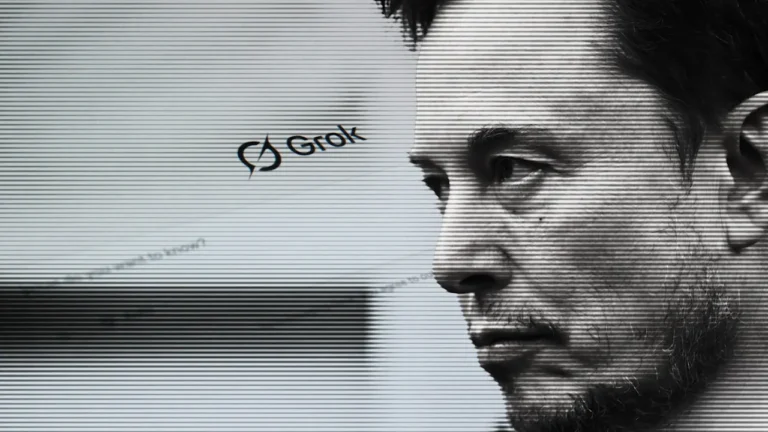
Last June, LinkedIn CEO Ryan Roslansky took on a second job. Microsoft, the social network for business professionals’ owner since 2016, expanded his responsibilities to include Microsoft 365—the suite still better known by its former name, Microsoft Office—and its Copilot AI assistant. The role charges him with making AI useful in a productivity context, a goal that’s still very much a work in progress.
But Roslansky also remains in charge of LinkedIn, a place whose entire reason for being springs from the network effect of its billion-plus members. Their unique connections, learnings, and willingness to help other people can’t be fed into an LLM and reprocessed into the kind of generic advice a chatbot can spout. In a world of increasingly commodified information, Roslansky argues that LinkedIn’s essential humanity is more essential than ever.
“Trusted, contextual, expert-driven knowledge—the type of stuff that comes from having a lived experience or doing a specific job or having a deep insight or knowing people that have actually done the job—in my view, that’s becoming much more valuable, not less,” he says. “I think the question moving forward from professionals isn’t just going to be something like, ‘What’s the answer?’, but ‘Who can I trust to guide me?’ And that’s where we come in.”
Still, once you venture beyond your core LinkedIn contacts, it’s never been all that easy to tap into the power of your network. “We’ve always had, what I’ll call decent, keyword-based lexical people search that allows you to type someone’s name if you know them,” says Roslansky. “We did a decent job at name-plus-company.” But even if you were seeking a particular kind of advice or favor that a friend of a friend (or a friend of a friend of a friend) might have been happy to dispense, there was no guarantee you’d be able to track them down with keywords and filters.
Now LinkedIn is taking a major step to address that. A new feature called AI-powered people search uses generative AI to break past the limitations of conventional search. It understands requests such as “investors with FDA experience for a biotech startup,” “Northwestern alumni who work in entertainment marketing,” “teachers turned industrial designers,” and “who can help me raise money for a nonprofit?” The results it returns include relevant profiles regardless of the exact words you used to phrase the search.
AI-powered people search is rolling out first to members who pay for LinkedIn Premium accounts, but the company says it will eventually be available to all users. It follows the AI-powered job search feature introduced earlier this year, which Rolansky notes can understand open-ended asks such as “‘I want to help bring humanity to Mars” or ‘I want to work on AI products with my finance skills.”
Using technology that’s very 2025, these features deliver on the promise of the nearly 23-year-old site’s original vision that—as an early tagline put it—relationships matter. Members who have managed to rack up hundreds of connections over the years might find new value in visiting the site more regularly and diving deeper.
“The company was founded on the idea that if we were able to build a valuable community, that any professional can become more productive and successful through other people in their network,” says Roslansky. “When you can leverage AI to reason over that network of people, it opens up a whole new world.”
As for how LinkedIn’s ongoing evolution fits into Roslansky’s new role at Microsoft, he points out several advantages to his twin responsibilities.
For one, the ability to sit in on meetings with people like Microsoft CEO Satya Nadella, CTO Kevin Scott, and Microsoft AI CEO Mustafa Suleyman give him “a view into where the bleeding edge of where AI and technology are going.“ But expanding his purview is also about aspects of LinkedIn’s mission that remain unfulfilled even nine years after the two companies became one.
“Recruiters, we make productive and successful,” Roslansky explains. “Salespeople. Marketers. But general professionals are still something that we are decent at, not what we’ve thrived on. It turns out the greatest set of tools in the world to make professionals more productive is the suite of office tools that I have the amazing honor to be working on right now.”
Until now, LinkedIn has felt like a most distant relative of Microsoftian stalwarts such as Word, Excel, and PowerPoint. As AI provides opportunities to rethink all these products—with well over a century of combined history behind them— Roslansky says he’s thinking about them holistically. That alone is a new approach. And its upshot could shape the future of some of the world’s most-used business tools.
